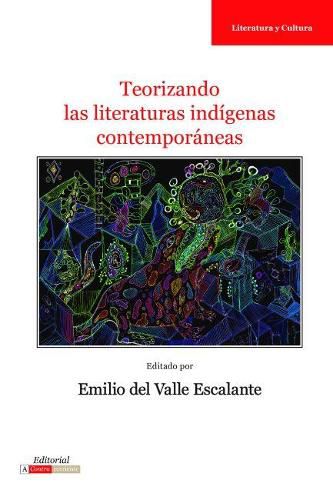Readings Newsletter
Become a Readings Member to make your shopping experience even easier.
Sign in or sign up for free!
You’re not far away from qualifying for FREE standard shipping within Australia
You’ve qualified for FREE standard shipping within Australia
The cart is loading…






The introduction and eight chapters in English and Spanish that make up Teorizando las literaturas indigenas contemporaneas examine the textual production of indigenous authorship. The authors start from the nineties and problematize the relationship between Indigenous People and nation-state in Guatemala, Colombia, Peru, Chile, Ecuador, Mexico, and Brazil. It is one of the book’s suggestions that current indigenous movements and their demands can be best understood through a critique of textual production of its organic intellectuals. While much has been written about the activities of the social movements and current indigenous textual production, there is still the need for a book that contextualizes what has enabled the emergence of a contemporary indigenous literary canon and its relationship to those social movements. This book aims to fill some of these gaps.
$9.00 standard shipping within Australia
FREE standard shipping within Australia for orders over $100.00
Express & International shipping calculated at checkout
The introduction and eight chapters in English and Spanish that make up Teorizando las literaturas indigenas contemporaneas examine the textual production of indigenous authorship. The authors start from the nineties and problematize the relationship between Indigenous People and nation-state in Guatemala, Colombia, Peru, Chile, Ecuador, Mexico, and Brazil. It is one of the book’s suggestions that current indigenous movements and their demands can be best understood through a critique of textual production of its organic intellectuals. While much has been written about the activities of the social movements and current indigenous textual production, there is still the need for a book that contextualizes what has enabled the emergence of a contemporary indigenous literary canon and its relationship to those social movements. This book aims to fill some of these gaps.